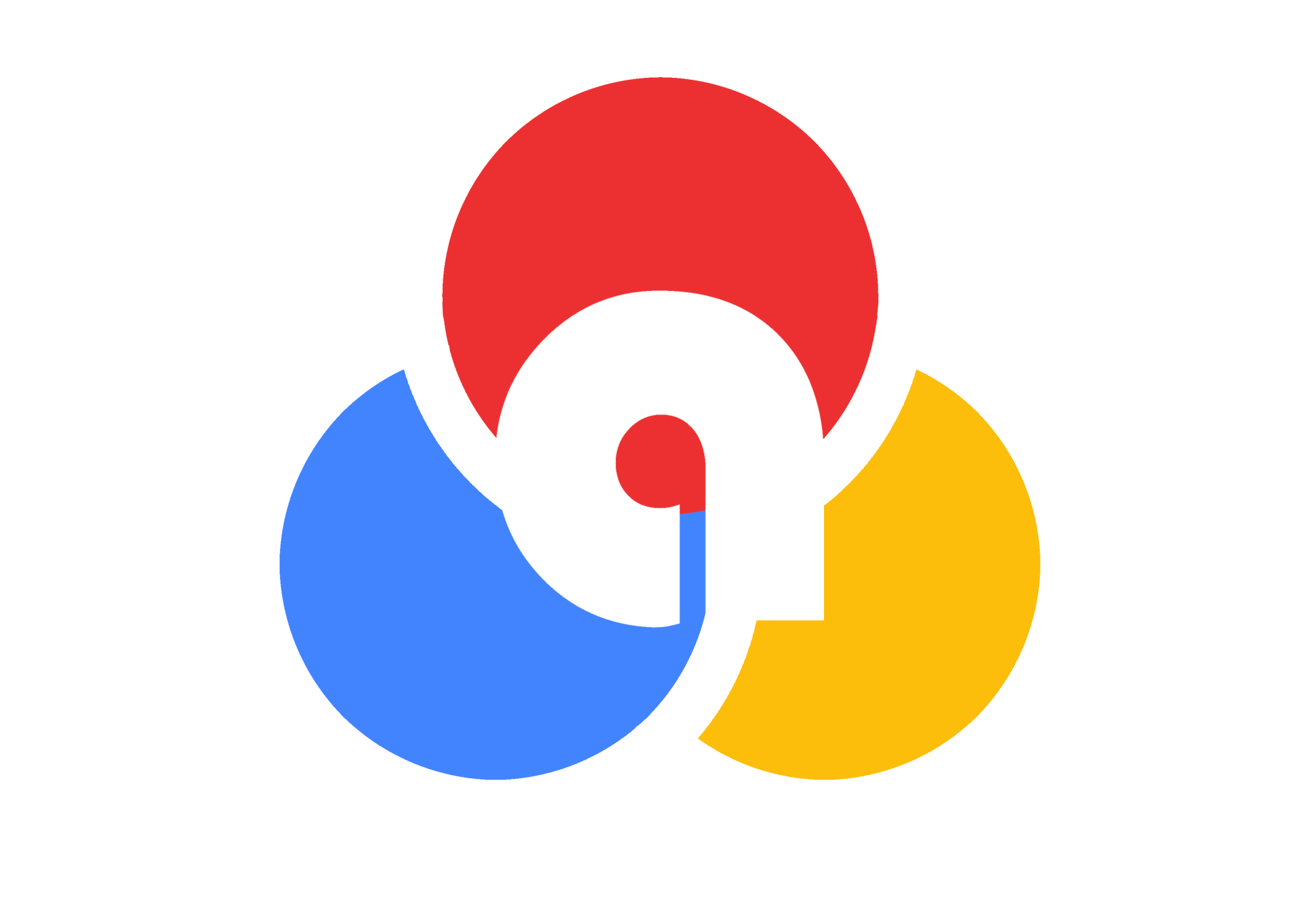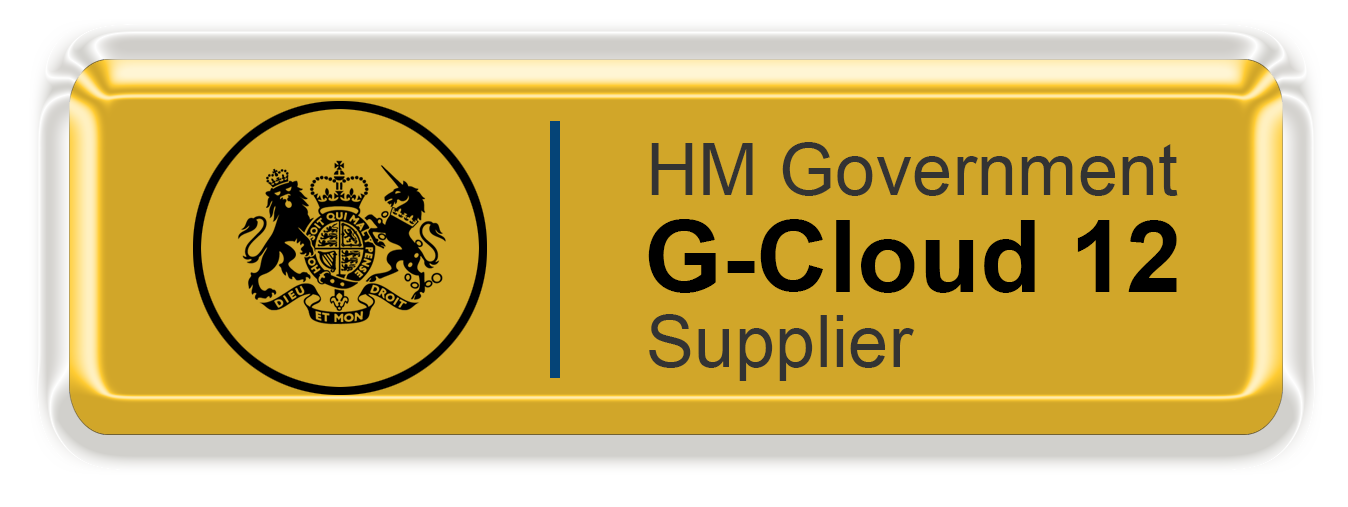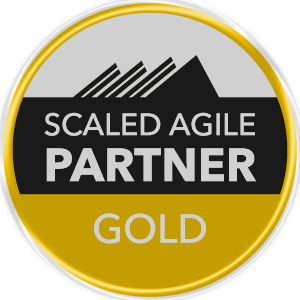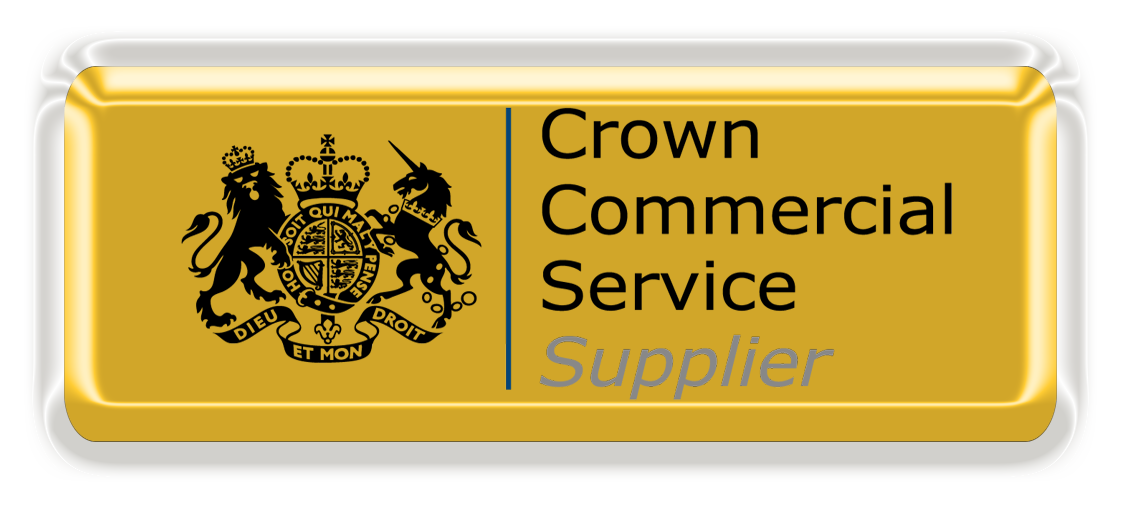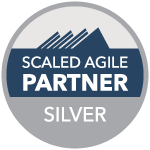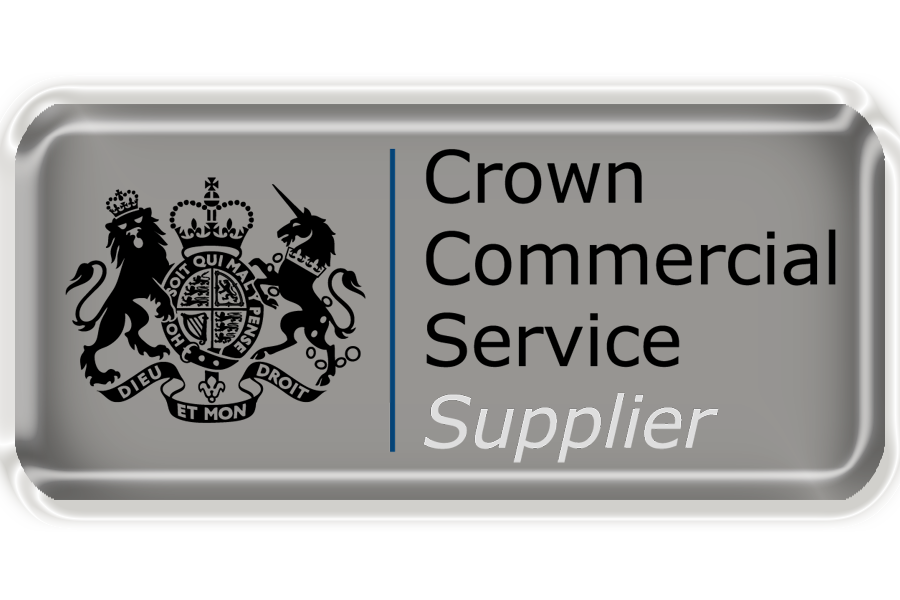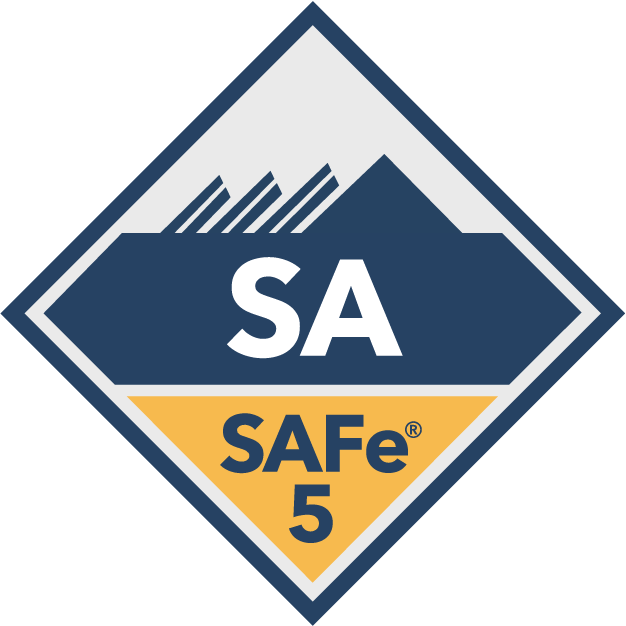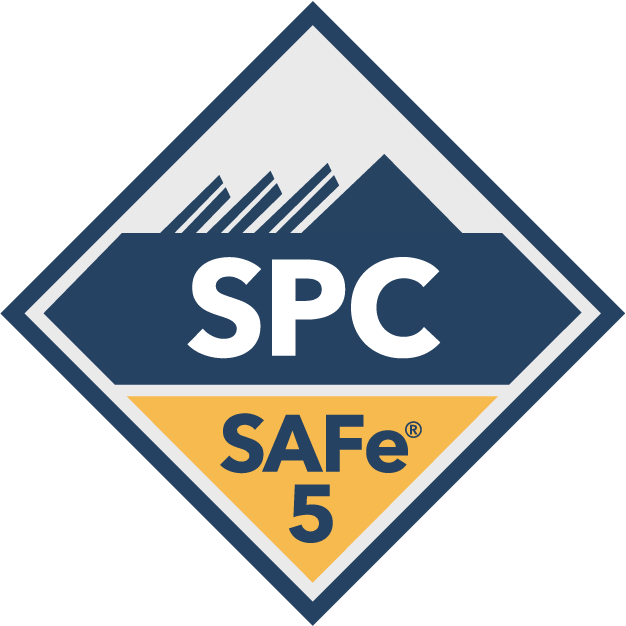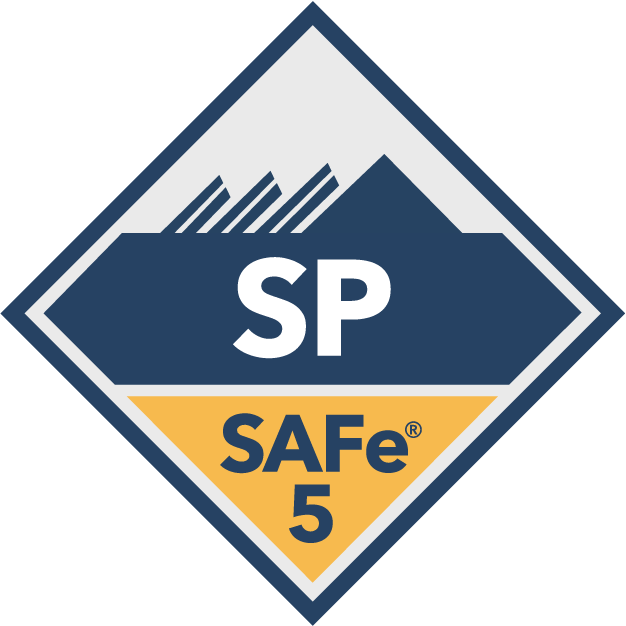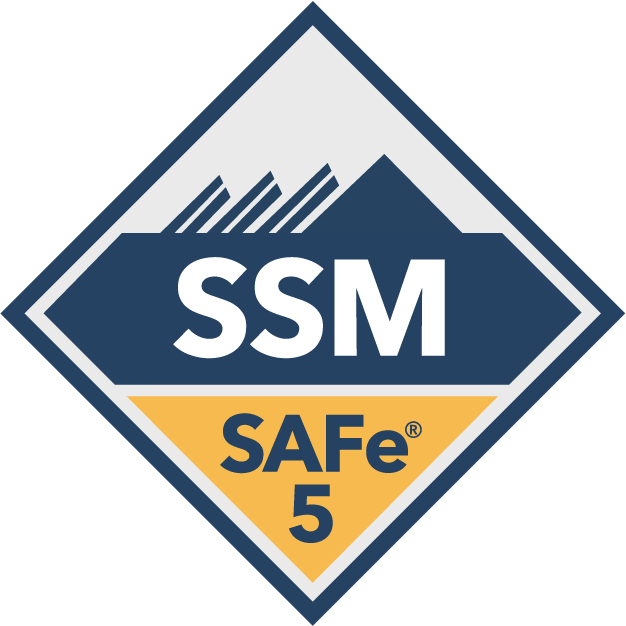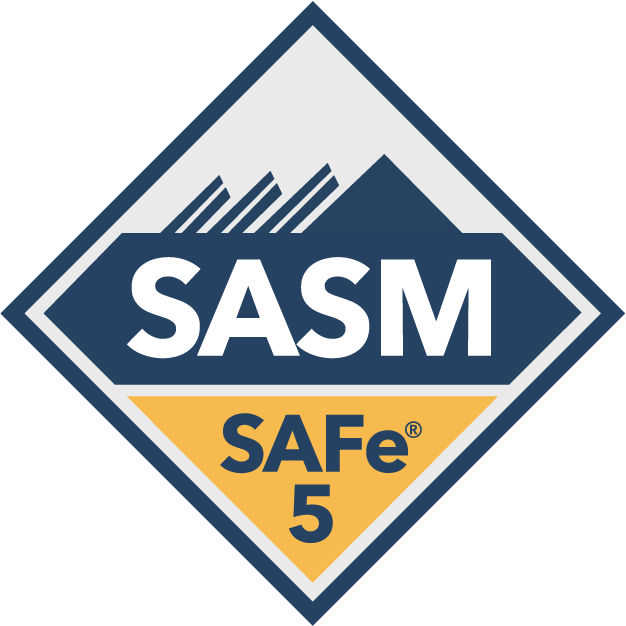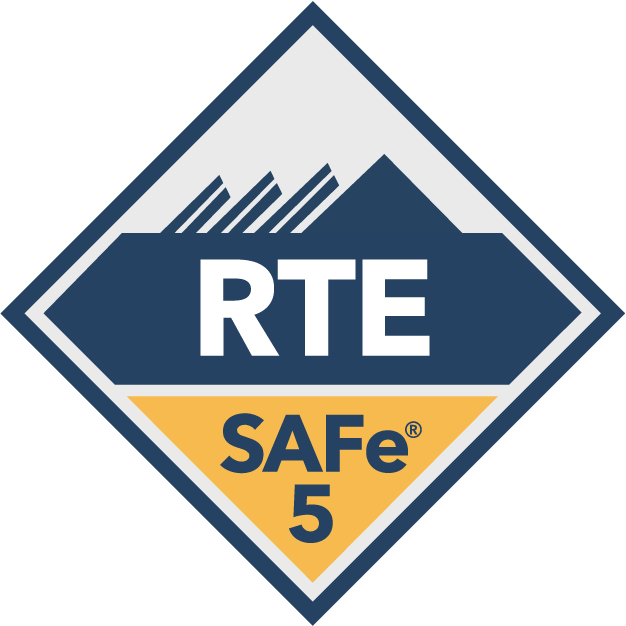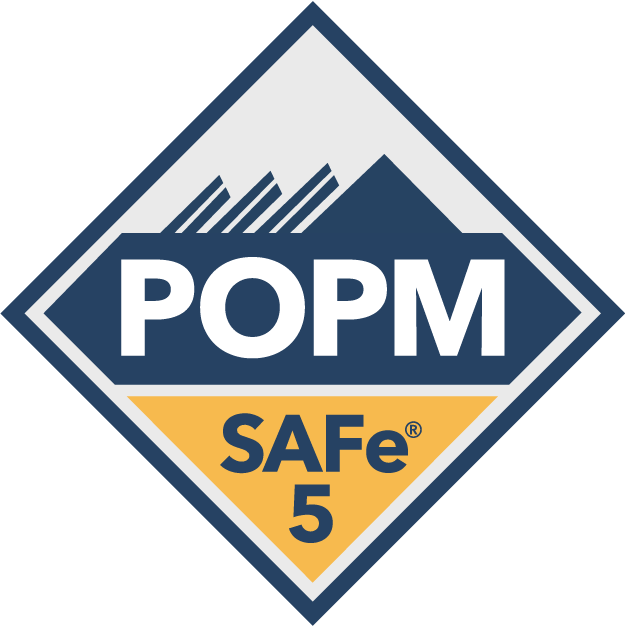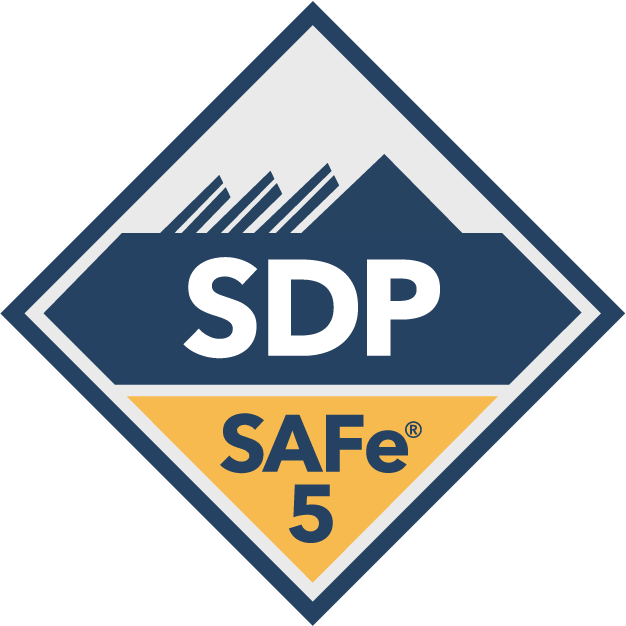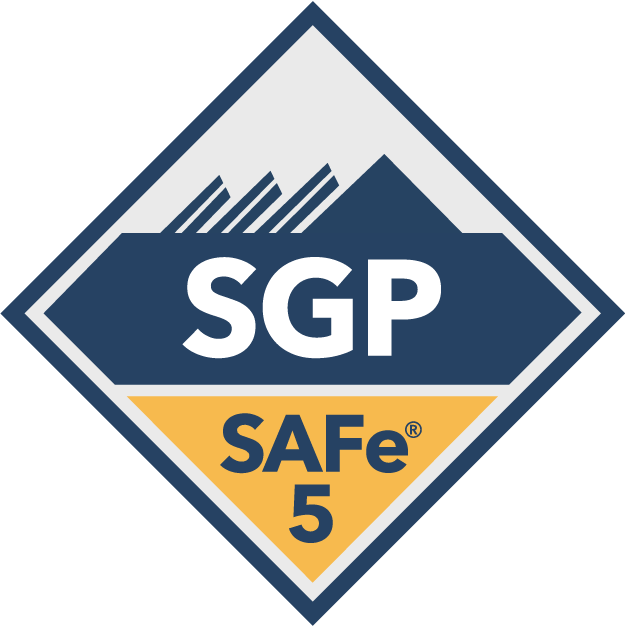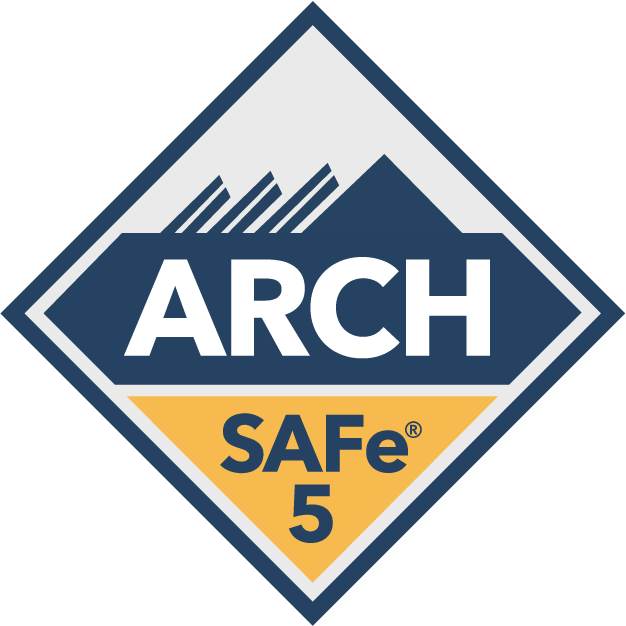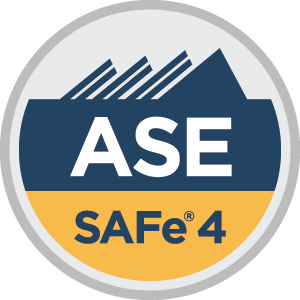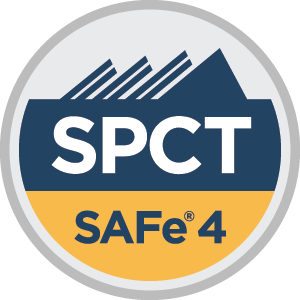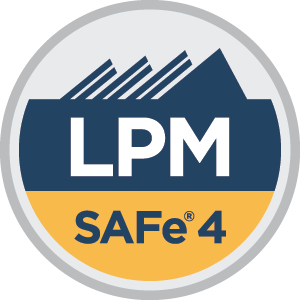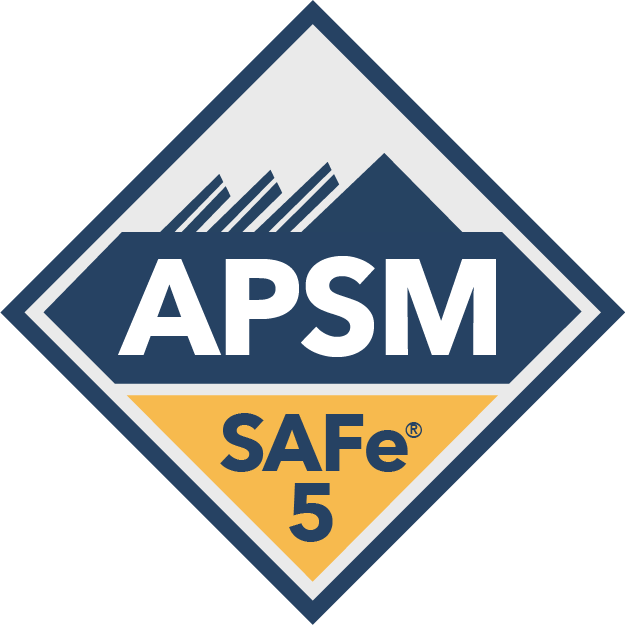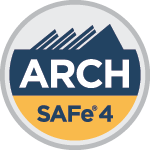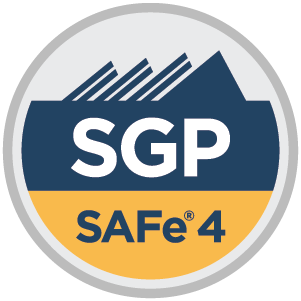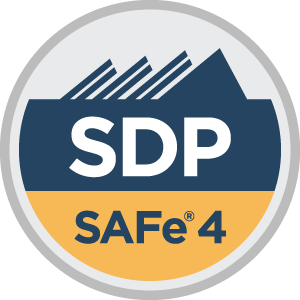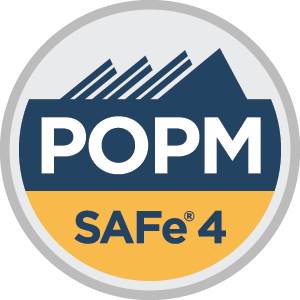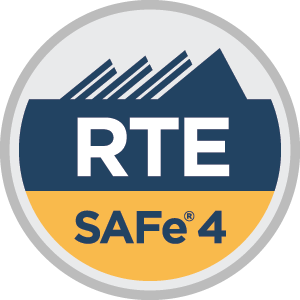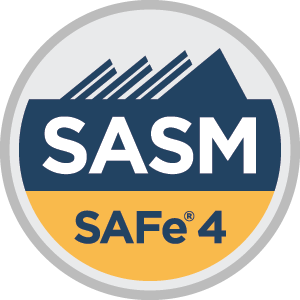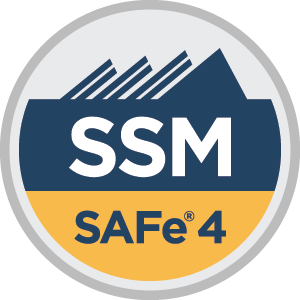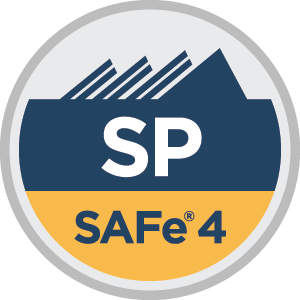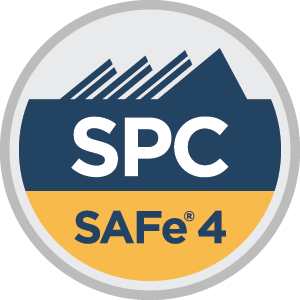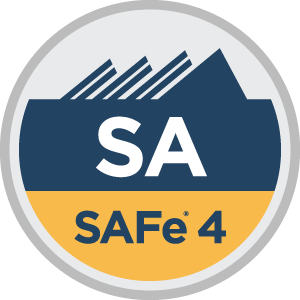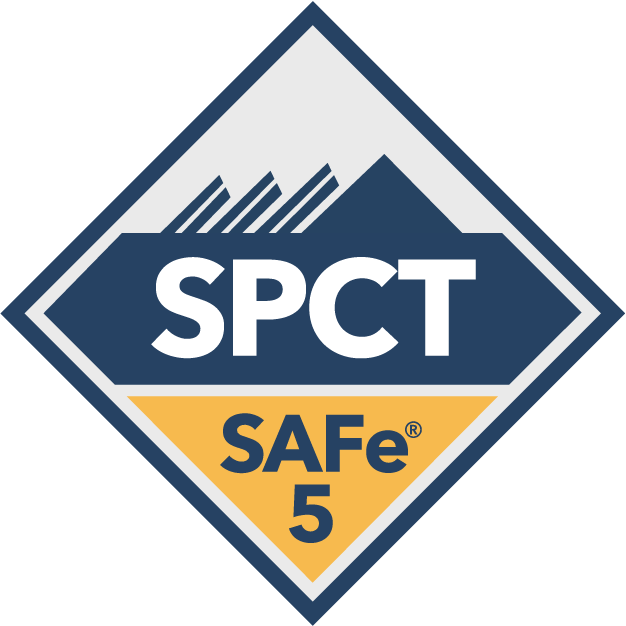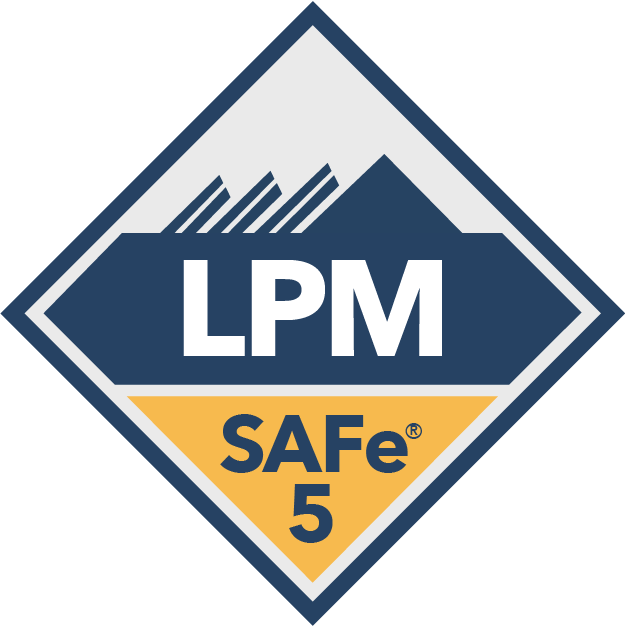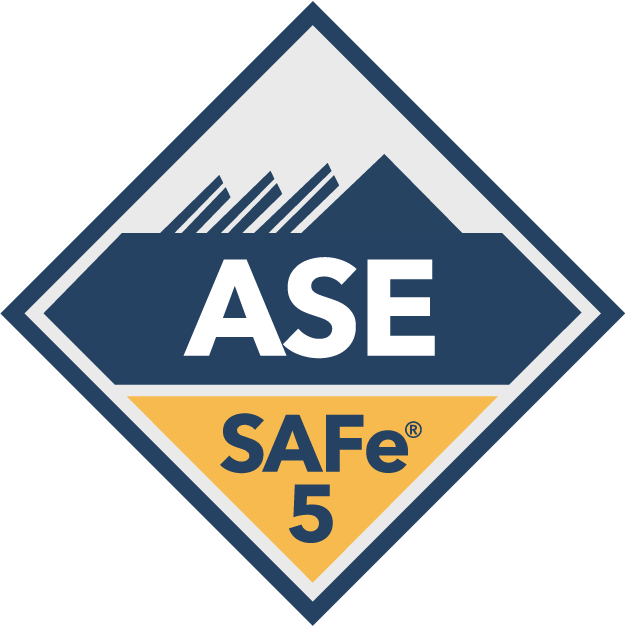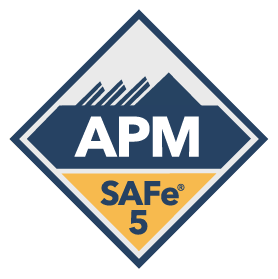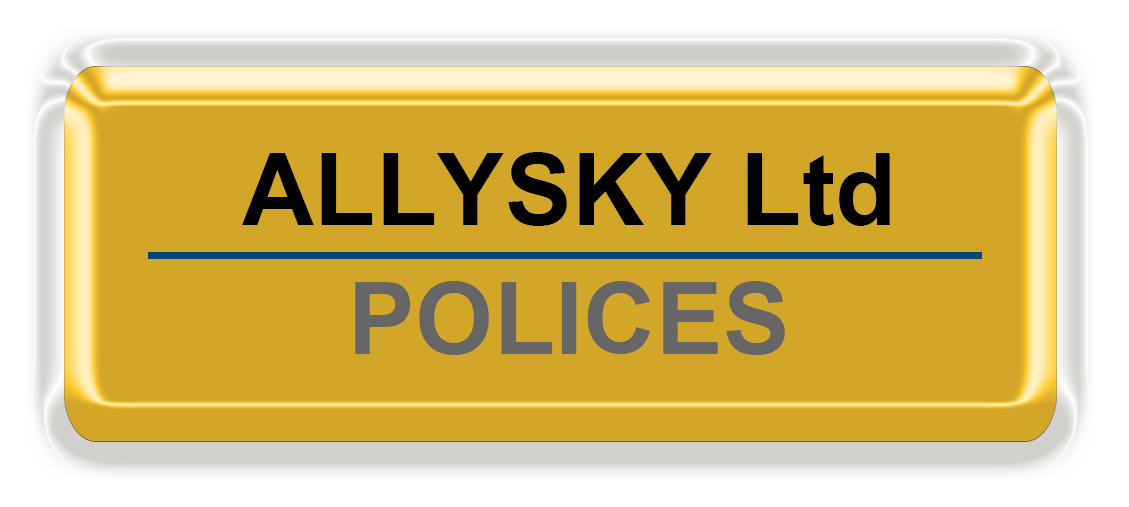We can help you prepare for ART Launch
By now, your enterprise has identified their value streams and established an implementation plan. It will also have loosely defined the first ART. This is a pivotal moment, as your plans are now moving toward implementation.
From a change-management perspective, the first ART is very important, with potentially far-reaching implications. This will be the first material change to the way of working and will generate the initial short-term wins that help your enterprise build momentum.
No matter who leads, the larger activities in preparing the launch include:
From a change-management perspective, the first ART is very important, with potentially far-reaching implications. This will be the first material change to the way of working and will generate the initial short-term wins that help your enterprise build momentum.
No matter who leads, the larger activities in preparing the launch include:
- Define the ART
- Set the launch date and cadence for the program calendar
- Train ART leaders and stakeholders
- Establish the Agile teams
- Train Product Managers and Product Owners (POs)
- Train Scrum Masters
- Train System Architects/Engineers
- Assess and evolve launch readiness
- Prepare the program backlog
Each of these activities is described in the sections below and how we can help you in doing them.
Define the ART
In Create the Implementation Plan, the process stakeholders used to identify the first value stream and ART were defined. At that stage of planning, the ART is defined with just enough detail to determine that it’s a potential ART. However, the parameters and boundaries of the ART are left to those who better understand the local context, as shown below:
In Create the Implementation Plan, the process stakeholders used to identify the first value stream and ART were defined. At that stage of planning, the ART is defined with just enough detail to determine that it’s a potential ART. However, the parameters and boundaries of the ART are left to those who better understand the local context, as shown below:
A key benefit of the canvas is to help teams identify the principal ART roles. ARTs work only when the right people are given the right responsibilities. After all, the ART organization is a system. All the necessary responsibilities of solution definition, building, validation, and deployment have to be realized for the system to function properly. Filling in the key roles on the canvas fosters these discussions and highlights the new responsibilities.
Our experienced SPCs consultants can facilitate and help with your preparation of the ART by conducting this Agile Release Train Canvas Workshop to ensure the ART has the best possible setup for success.
Our experienced SPCs consultants can facilitate and help with your preparation of the ART by conducting this Agile Release Train Canvas Workshop to ensure the ART has the best possible setup for success.
Set the Launch Date and Program Calendar
With the ART definition in hand, the next step is to set the date for the first Program Increment (PI) Planning event. This creates a forcing function, a ‘date-certain’ deadline for the launch, which will create a starting point and define the planning timeline.
The first step is to establish the cadence for the program, including both the PI and iteration lengths. The SAFe Big Picture shows a 10-week PI, which consists of four regular iterations and one Innovation and Planning (IP) iteration.
We recommend the duration of a PI is between 8 to 12 weeks, with a bias toward the shorter duration (10 weeks, for example). Once the cadence is chosen, it should remain stable and not arbitrarily change from one PI to another. This allows the ART to have a predictable rhythm and velocity. The fixed cadence also allows a full year of program events to be scheduled on people’s calendars. The PI calendar usually includes the following activities:
- PI planning
- System Demos
- ART Sync, or individual Scrum of Scrum and PO Sync meetings
- Inspect and Adapt (I&A) workshop
As a SAFe gold partner we can leverage our expert SPCs to help faciliate these events for co-located or even distributed/remote teams.
Train the ART Leaders and Stakeholders
Depending on the scope and timing of the rollout, there may be a number of ART leaders (Release Train Engineer, Product Managers, System Architects) and stakeholders (Business Owners, managers, internal suppliers, operations, etc.) who have not attended a Leading SAFe training session.
They will likely be unfamiliar with SAFe, unclear on expectations, and may not understand the need and benefits of their participation. It’s important that they understand and support the model, as well as the responsibilities of their role.
As a gold partner, we can arrange a Leading SAFe class to educate these stakeholders and motivate participation.
It is often good practice and we often recommend an implementation workshop as an addition, where newly trained stakeholders can work with our SPCs to create the specifics of the launch plan.
Organizing Agile Teams
During the implementation workshop, questions will arise as to how to organize the Agile teams with respect to the system architecture and solution purpose. Similar to organizing the ARTs themselves (see Create the Implementation Plan), there are two primary patterns for organizing Agile teams:
Feature teams are focused on user functionality and are optimized for fast value delivery. This is the preferred approach, as each is capable of delivering end-to-end user value.
Component teams are optimized for system robustness, component reuse, and architectural integrity. It is recommended that their use is limited to when there are significant component reuse opportunities, high technical specialization, and critical Nonfunctional Requirements (NFRs).
We can arrange a workshop to help facilate the organisation of your Agile Teams and help you best understand what mixture of feature vs component is required.
Forming the Agile Teams
The next step is to form the Agile teams that will be on the train. One innovative solution is to enable the people on the ART to organize themselves into Agile teams with minimal constraints. However, In other cases, management makes initial selections based on their objectives, knowledge of individual talents and aspirations, timing, and other factors.
Our SPCs can help faciliate a workshop to help your management and the teams see what might be the best configuration. As teams have a better understanding of their local context and know how they like to work. Managers add perspective based on current individual, organizational, and product development strategies, it is good idea to get an outside view by enlisting one of our SPCs for a SAFe forming the Teams workshop.
We recommend prior to PI planning, all practitioners must be part of a cross-functional Agile team, and the initial roles of Scrum Master and Product Owner must also be established.
Train Product Owners and Product Managers
Product Managers and Product Owners steer the train together. They have
Product Managers and Product Owners steer the train together. They have
content authority over features and stories, respectively. These two roles are
critical to the success of the ART, and the people fulfilling these roles must
be well trained to ensure optimal collaboration, learn the new way of working,
and understand how to best fulfill their specific responsibilities. In addition,
these roles will be largely responsible for building the initial program backlog,
which is a key artifact for PI planning. Scaled Agile, Inc.’s two-day SAFe Product Owner/Product Manager course is designed specifically for this purpose.
The course teaches Product Owners and Product (and Solution) Managers how to drive the delivery of value in the SAFe enterprise. Attendees get an overview of SAFe’s Lean-Agile Mindset and principles, as well as an in-depth exploration of role-specific practices. Attendees learn how to write Epics, Features, and User Stories, how to establish the Team and Program Kanban systems to manage the flow of work, and how to manage and prioritize backlogs using Weighted Shortest Job First (WSJF).
The course teaches Product Owners and Product (and Solution) Managers how to drive the delivery of value in the SAFe enterprise. Attendees get an overview of SAFe’s Lean-Agile Mindset and principles, as well as an in-depth exploration of role-specific practices. Attendees learn how to write Epics, Features, and User Stories, how to establish the Team and Program Kanban systems to manage the flow of work, and how to manage and prioritize backlogs using Weighted Shortest Job First (WSJF).
Train the Scrum Masters
Effective ARTs, in large part, rely on the servant leadership of the Scrum Master
and their ability to coach Agile Team members and improve the performance of
the team. It’s a specialty role that includes traditional Scrum leadership duties,
as well as responsibilities to the larger team-of-Agile-teams that constitute the
ART. In SAFe, Scrum Masters also play a critical role in PI planning and help
coordinate value delivery through Scrum of Scrums meetings. Obviously, it’s
incredibly helpful if they receive appropriate training prior to the start of the
first PI.
Scaled Agile, Inc.’s two-day SAFe Scrum Master course teaches Scrum fundamentals and also explores the role of Scrum in the context of SAFe. It prepares Scrum Masters for how to facilitate team iterations, how to successfully plan and execute the PI, how to participate in ART events, and how to measure and improve the flow of work through the system using Kanban. This course is beneficial for both new and experienced Scrum Masters.
Train the System Architects/Engineers
System Architects/Engineers support solution development by providing,
System Architects/Engineers support solution development by providing,
communicating and evolving the broader technology and architectural view
of the solution. In so doing, they enable Agile teams to make effective,
decentralized decisions that accelerate the creation of business value, while
ensuring that the solution’s architecture remains robust and sustainable.
Individuals fulfilling these roles must not only be experienced technical
experts but must be effective Lean-Agile Leaders skilled at engaging across
the organization. Partnering with Product Management, this role takes on,
defines and owns enabler features in the backlog designed to maintain the
architectural runway necessary to sustain business value creation.
Scaled Agile, Inc.’s three-day SAFe System and Solution Architect course teaches senior technical contributors the role of architecture in a Lean-Agile enterprise. Attendees will explore the principles underlying Lean-Agile architecture and Release on Demand, learn to lead and support Solution Trains and Agile Release Trains, extend the principles driving continuous flow to large systems of systems, and discover how to enable an improved flow of value across an entire portfolio.
Scaled Agile, Inc.’s three-day SAFe System and Solution Architect course teaches senior technical contributors the role of architecture in a Lean-Agile enterprise. Attendees will explore the principles underlying Lean-Agile architecture and Release on Demand, learn to lead and support Solution Trains and Agile Release Trains, extend the principles driving continuous flow to large systems of systems, and discover how to enable an improved flow of value across an entire portfolio.
Assess and Evolve Launch Readiness
Training people in their new roles and responsibilities is a key part of ART readiness, but it’s only one element of a successful ART launch. Additional activities are required. However, since SAFe is based on the empirical Plan-Do-Check-Adjust (PDCA) model, there is no such thing as perfect readiness for a launch.
Even attempting to achieve such a state is a fool’s errand, as the experience of the first PI will inform future activities. What’s more, trying to be too perfect up-front will delay learning, postponing the transformation and realization of its benefits.
We recommend running a ART readiness pre-launch workshop which can help ensure that no simple errors have been made that could derail the train. Our SPCs are trained and can assist if you need a pre-launch workshop and its part of our standard enagement model for our clients who engage with our consultancy for the full SAFe launch package - GOLD1.
Training people in their new roles and responsibilities is a key part of ART readiness, but it’s only one element of a successful ART launch. Additional activities are required. However, since SAFe is based on the empirical Plan-Do-Check-Adjust (PDCA) model, there is no such thing as perfect readiness for a launch.
Even attempting to achieve such a state is a fool’s errand, as the experience of the first PI will inform future activities. What’s more, trying to be too perfect up-front will delay learning, postponing the transformation and realization of its benefits.
We recommend running a ART readiness pre-launch workshop which can help ensure that no simple errors have been made that could derail the train. Our SPCs are trained and can assist if you need a pre-launch workshop and its part of our standard enagement model for our clients who engage with our consultancy for the full SAFe launch package - GOLD1.
Prepare the Program Backlog
As previously mentioned, using the launch date as a forcing function increases the urgency of determining the scope and Vision for the PI. After all, no one wants to show up at PI planning without a solid sense of the mission.
While it’s tempting to assume that should be the case prior to the event, experience often shows otherwise. It’s more likely that there will be multiple opinions about what the new system is supposed to do, and it might take some time to converge those points of view prior to the launch date. The scope of the PI, or ‘what gets built,’ is largely defined by the Program Backlog, which contains the set of upcoming features, NFRs, and architectural work that define the future behavior of the system.
We recommend that the SPCs and LACE stakeholders facilitate bringing the ART stakeholders together to prepare a common backlog. This is typically done in a series of backlog refinement workshops and other activities. To avoid suffer from a poor backlog we recommend preparing your program backlog with according activities such as working on your ARTs agile hygiene.
So dont suffer in slience with your ART launch with first time PI Planning nerves?
- We been there with many past clients and have provided excellent support to get their backlog feeling good again and we have a crew of excellent SPCs and Agile coaches who can cleaned up any poor agile hygiene problems.
- We have done PI planning and distributed PI Planning. Either way we support you with our experience RTEs, Scrum Masters and SPCs who will be able to make it a fun packed and exciting 2 days where people come together and realise the full potential of doing SAFe.
- If you need Release Train Engineer (RTE) or Scrum Master (SSM) training, then look no further as we have trained RTEs and Scrum Masters so that you can be ready to take on PI Planning and get the Agile Train Launched with great fan fare. We are also happy to train your in house people.

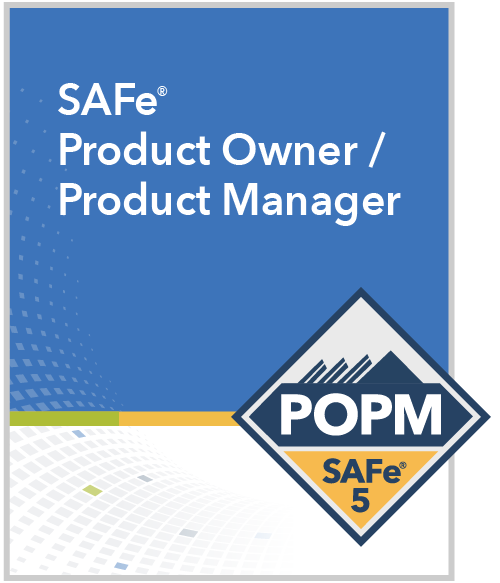
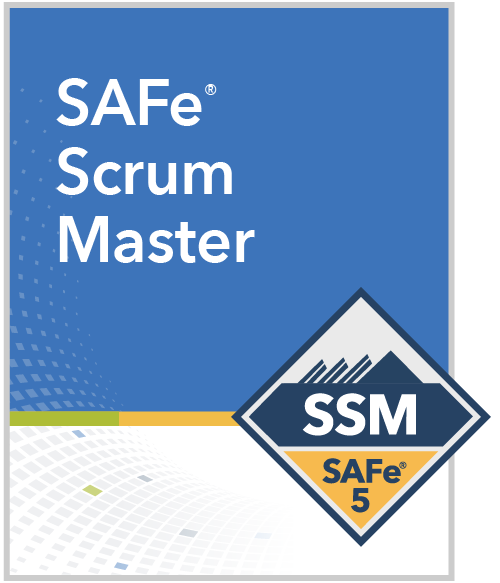
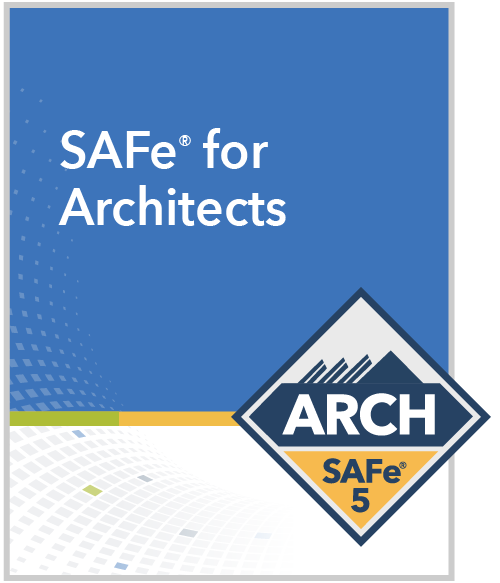
To know more contact us to discuss your needs either by email: info@allysky.com or by phone 020 7043 2268








ALLYSKY - Official Gold Partner to help you deliver your agile transformation using the SAFe implementation Roadmap
12 Steps Guide to your SAFe Agile transformation for 2020
